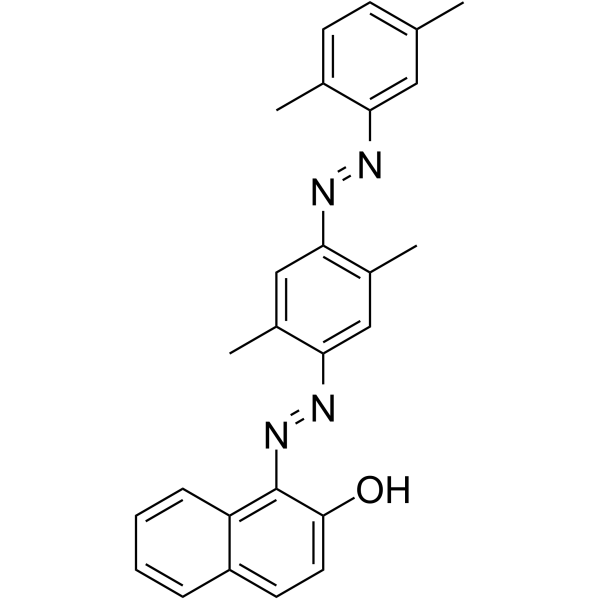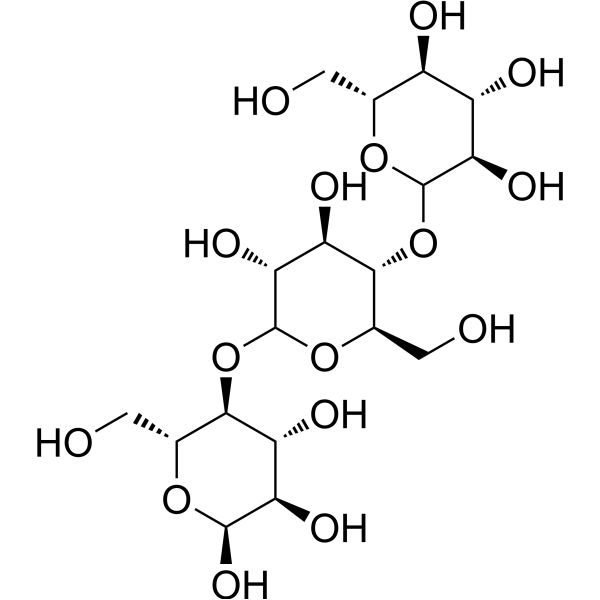| Structure | Name/CAS No. | Articles |
|---|---|---|
 |
Oil Red O
CAS:1320-06-5 |
|
 |
toluidine blue for microscopy
CAS:6586-04-5 |
|
 |
Naphthol AS-D chloroacetate
CAS:35245-26-2 |
|
 |
Toluidine Blue
CAS:92-31-9 |
|
 |
Carmine
CAS:1390-65-4 |
|
 |
α-D-Glucopyranose
CAS:9004-53-9 |